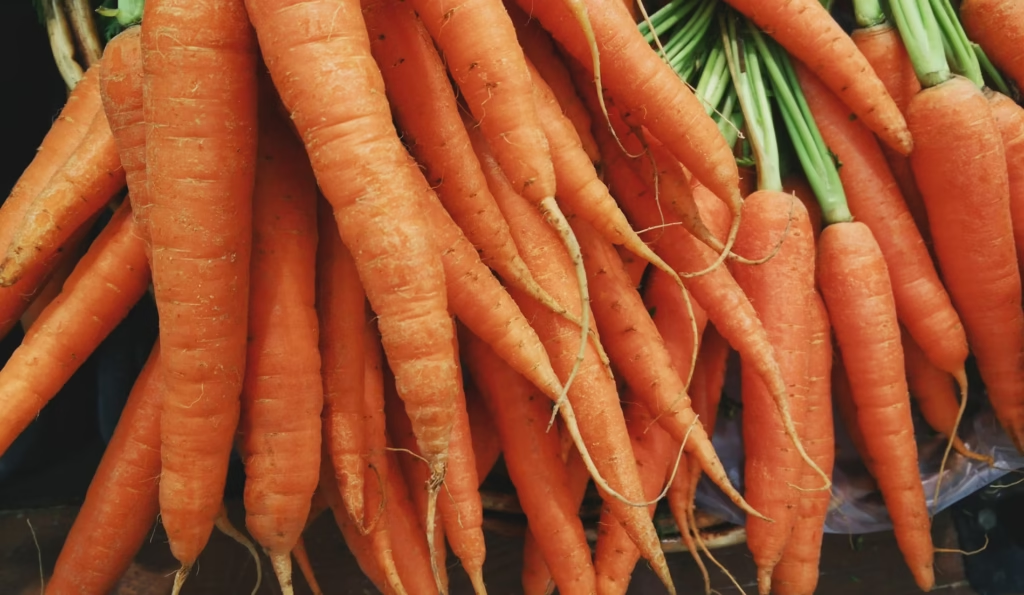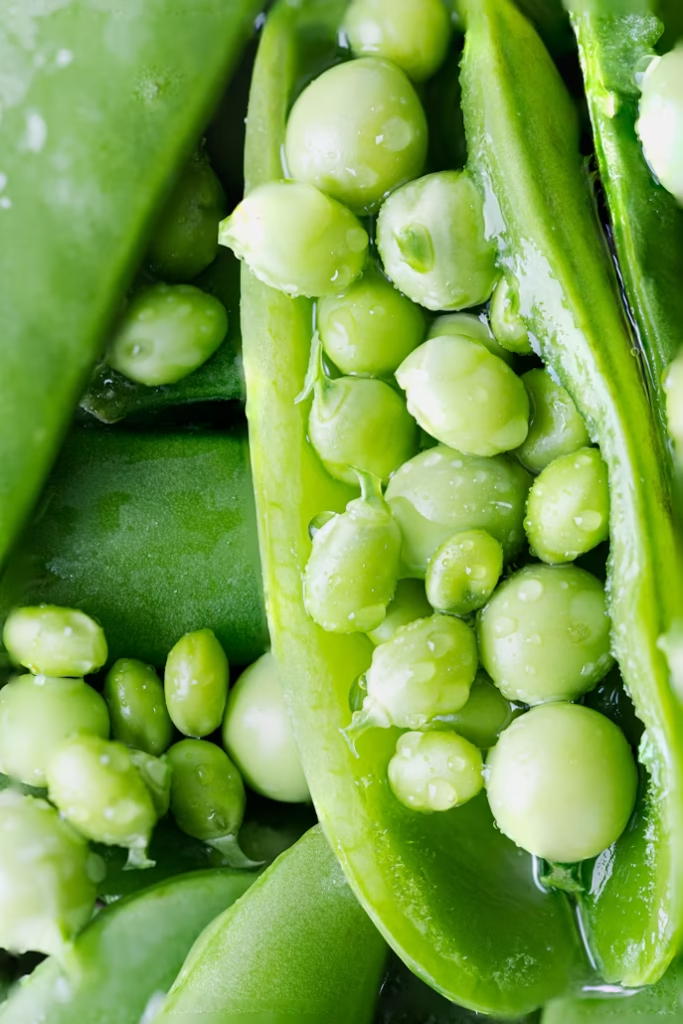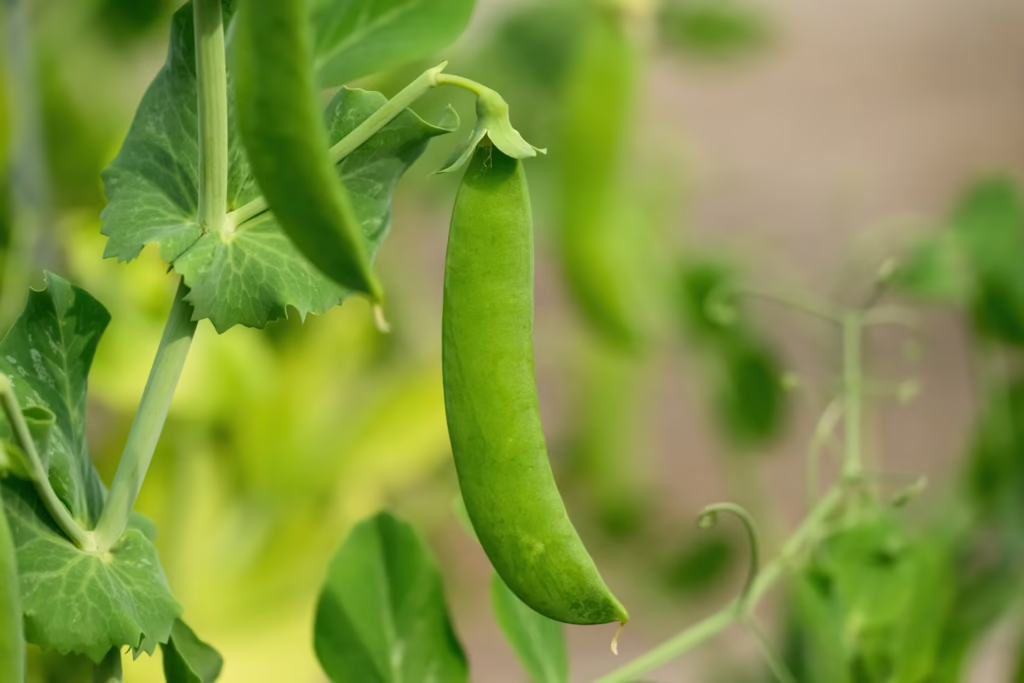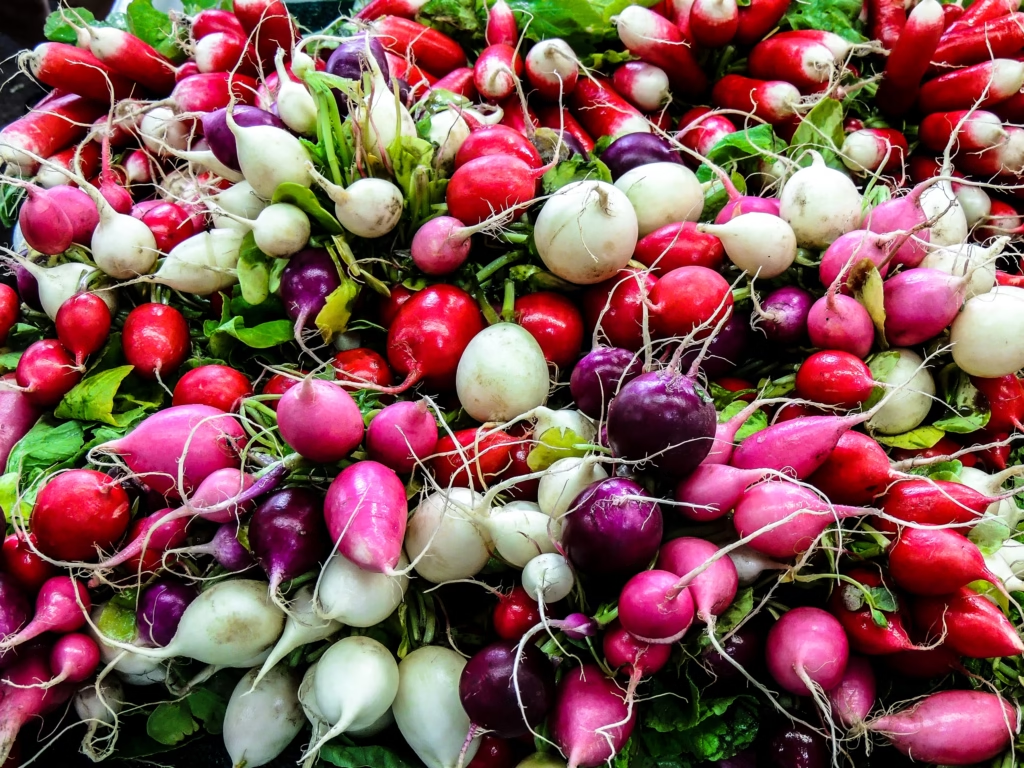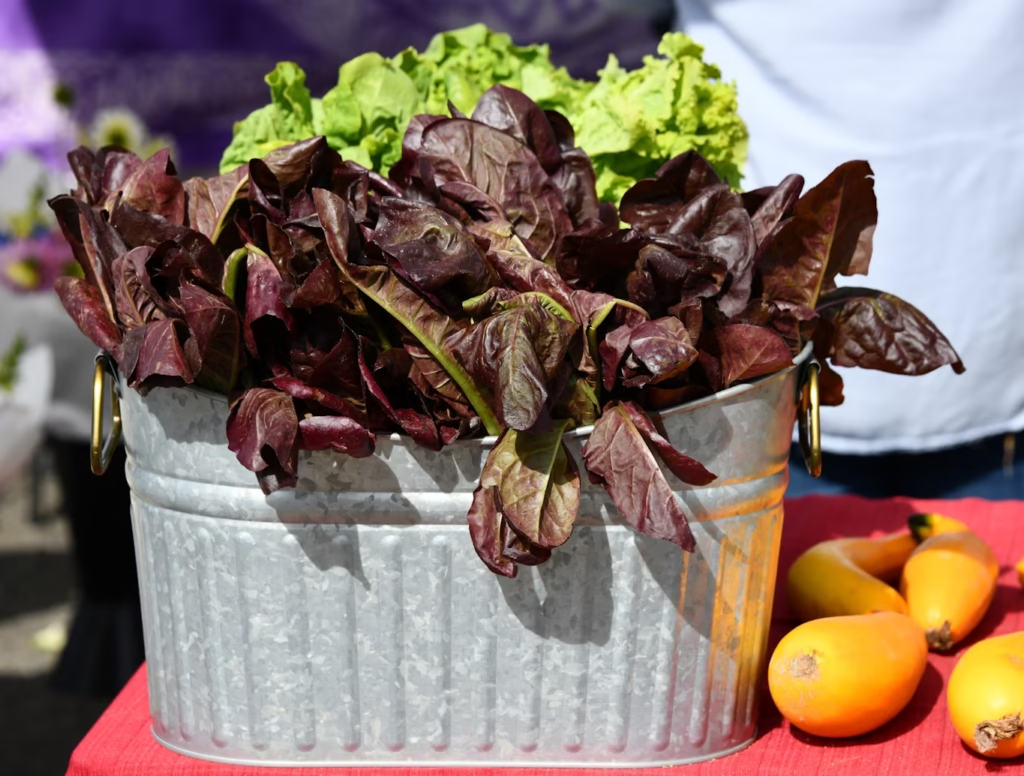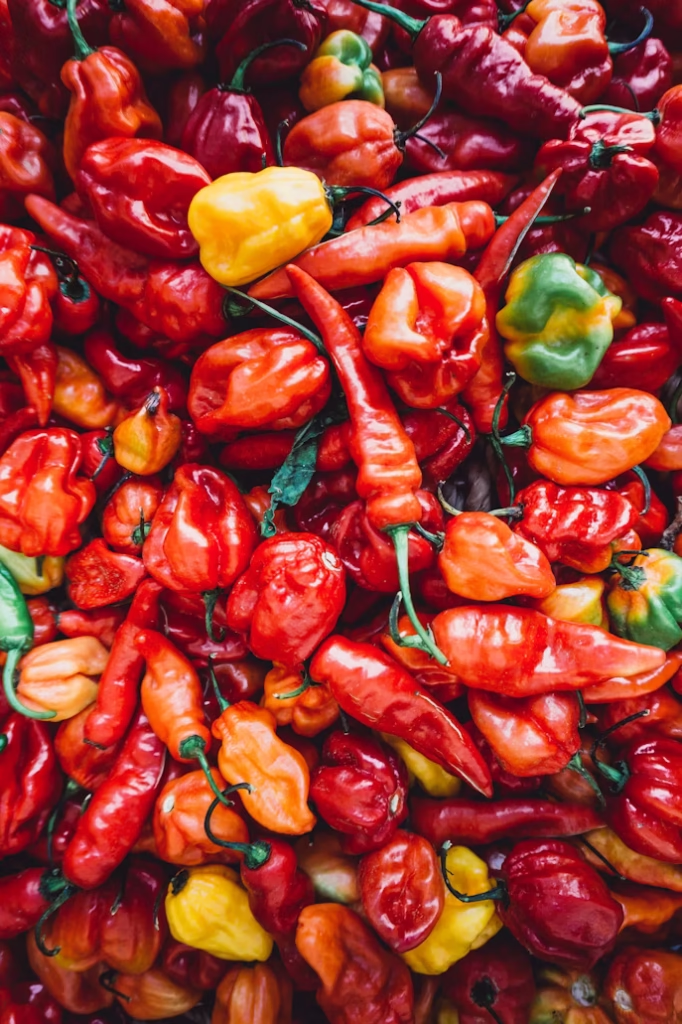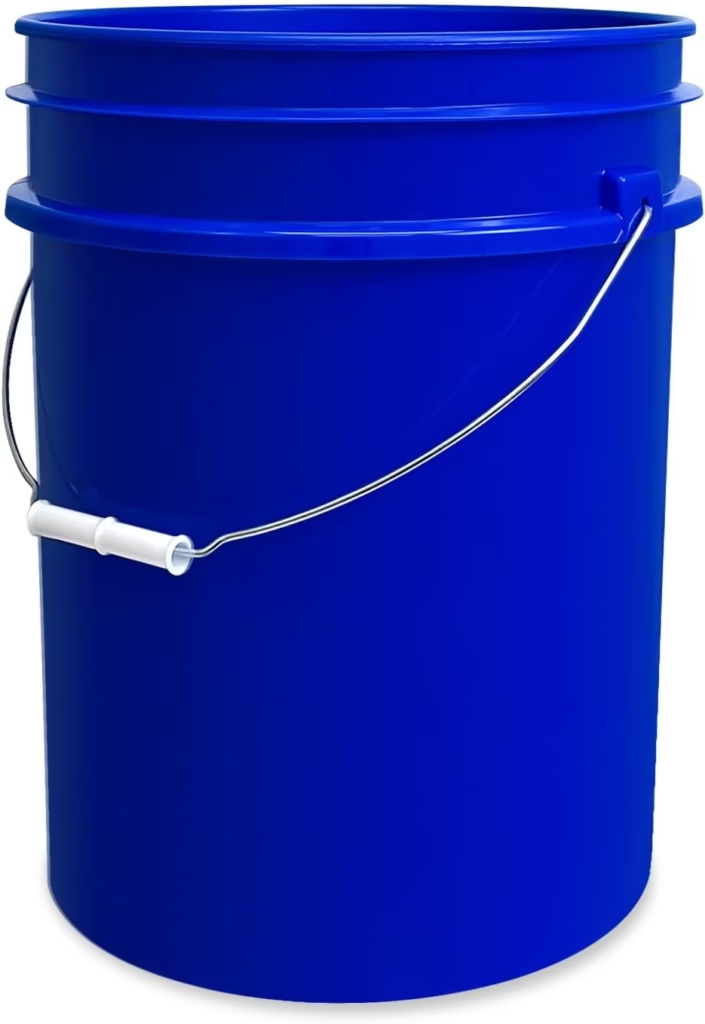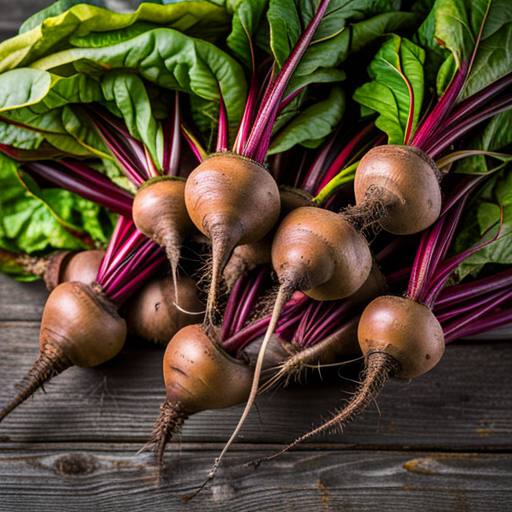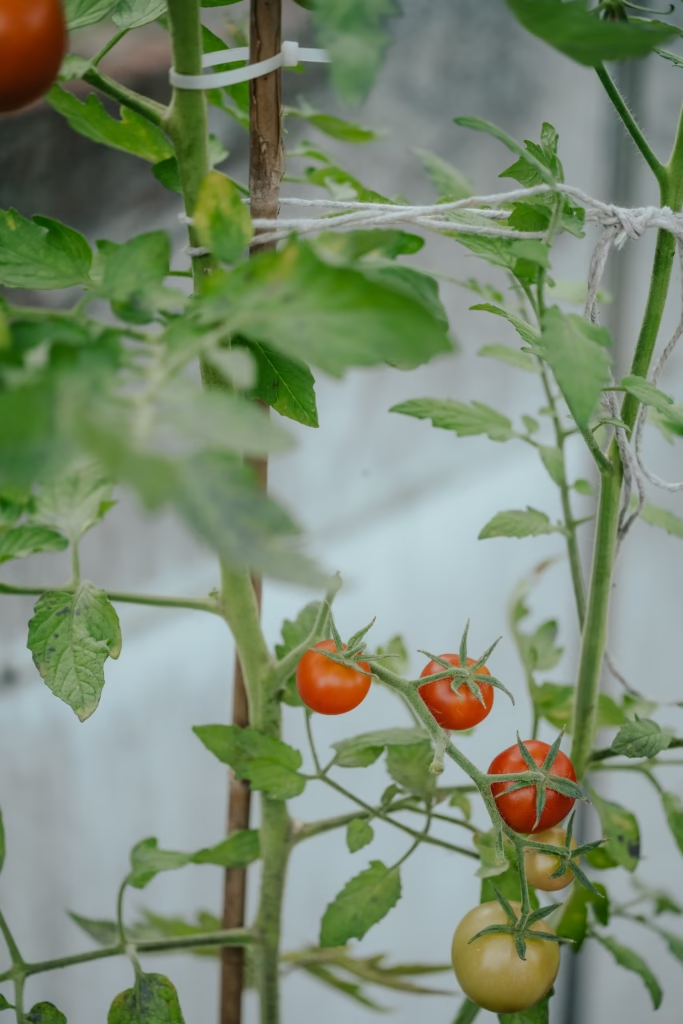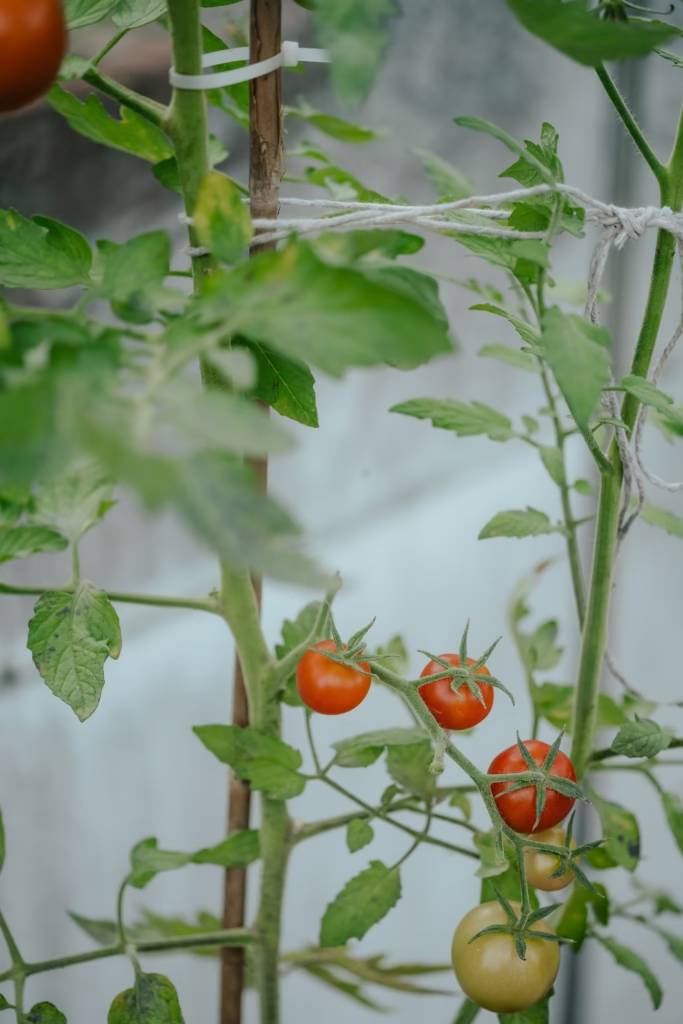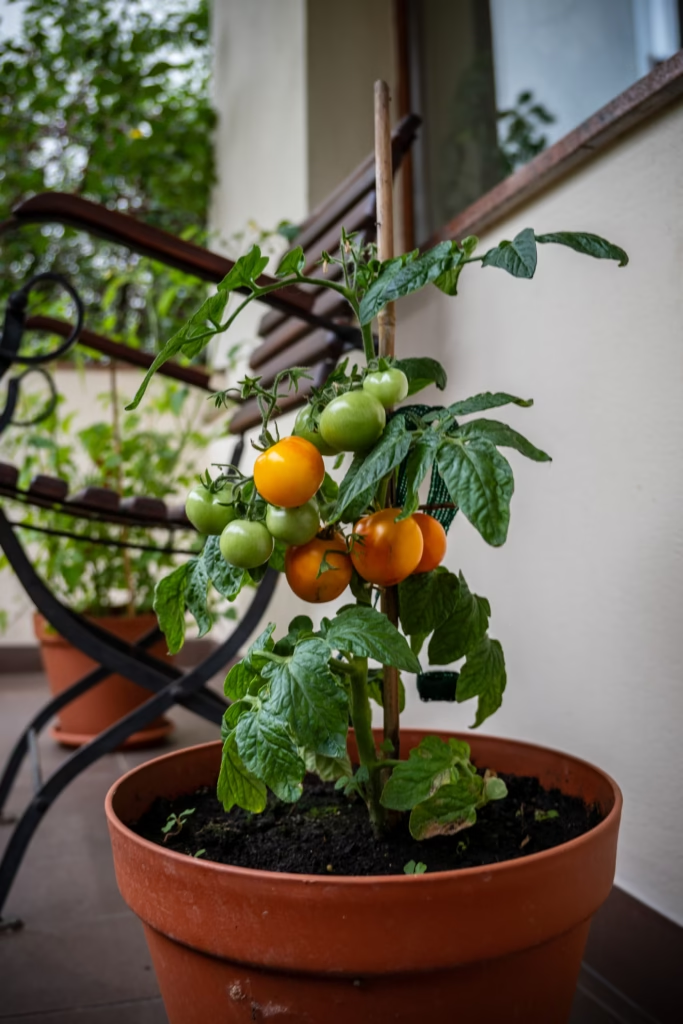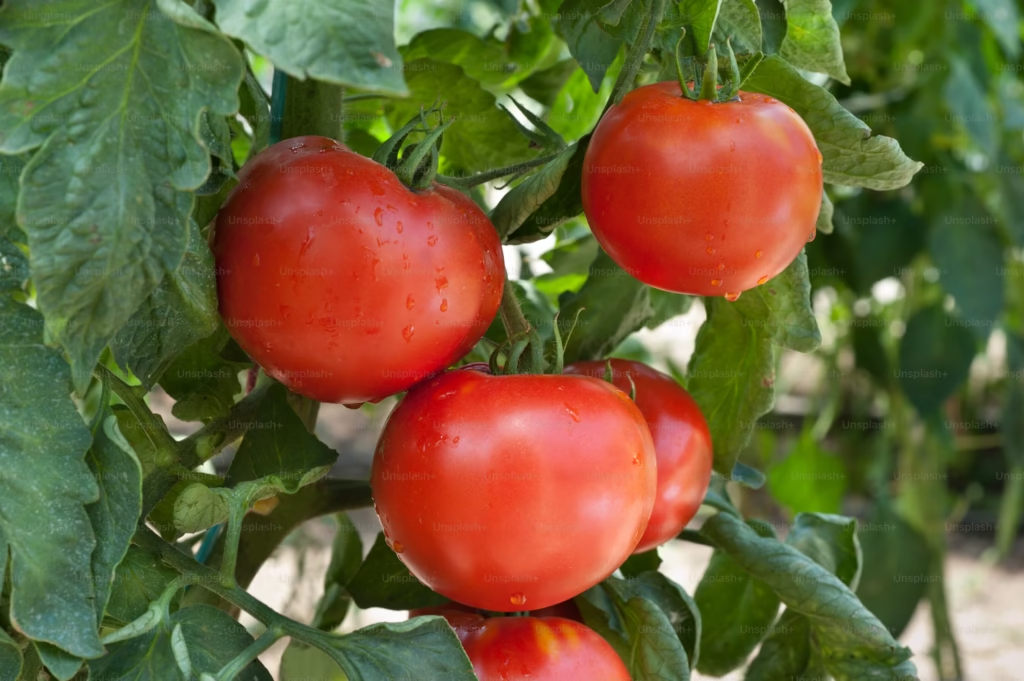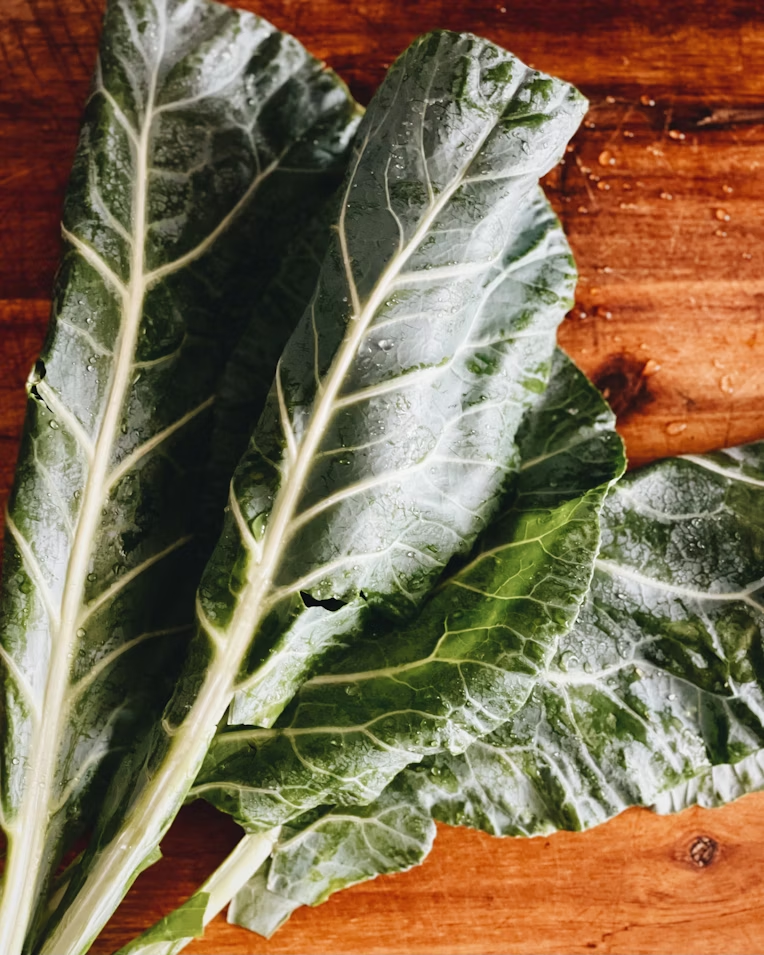
Collard greens are one of the best leafy greens to plant for a fall harvest. They thrive in cooler temperatures and actually taste sweeter after a light frost. If you’re aiming to grow a healthy, flavorful crop of collards in autumn, timing is everything. Planting too early in hot weather can stunt growth, while planting too late may not give the plants enough time to mature before cold weather sets in. Understanding your planting zone and timing your seeds or seedlings correctly will help you enjoy a bountiful harvest of tender collard greens in the fall.
Why Grow Collard Greens in Fall?
Growing collard greens in the fall has many advantages. The cooler temperatures of late summer and autumn help reduce the risk of pests like cabbage loopers and aphids. In addition, collards can tolerate light frost and even improve in flavor with chilly nights. Fall-grown collards often have richer color and texture compared to those grown in spring or summer. Plus, these hearty greens can last well into winter in many zones if protected with row covers or a cold frame.
When to Plant Collard Greens by Zone
The best time to plant collard greens for a fall harvest depends on your USDA hardiness zone. The general rule is to plant collards about 8 to 10 weeks before your average first frost date. Below is a breakdown of when to plant and harvest collards by zone.
Zone 3 and Zone 4 (Short Growing Season)
In these cold northern zones, the growing season is shorter, so timing is especially important. Start your collard seeds indoors in late June and transplant them outdoors in early to mid-July. This gives the plants time to mature before the first hard frosts, which usually arrive in late September or early October. Harvesting should begin in late August or early September.
Zone 5
Gardeners in Zone 5 can direct sow or transplant collard greens outdoors in mid to late July. This zone has a slightly longer season, with first frost typically hitting in mid to late October. Planting in July ensures you’ll have full-sized, harvest-ready greens by early to mid-fall. Begin harvesting in September and continue through October.
Zone 6
In Zone 6, the first frost usually comes in late October or early November. This gives you the option to plant collard greens from late July through early August. If you want to start seeds indoors, do so around mid-July, then transplant by early August. Expect to begin harvesting in late September or early October, and with frost protection, you can extend your harvest into November.
Zone 7
Zone 7 gardeners enjoy a fairly long fall growing season. Plant collard seeds in late July to early August, or transplant seedlings by mid-August. Your first frost date is typically around early to mid-November, so the greens have plenty of time to grow. Harvest can begin in October and continue well into November, especially if you use row covers for protection.
Zone 8
In Zone 8, collards thrive in the fall and even into winter. Plant seeds in early to mid-August, or set out transplants by late August. The average first frost arrives around mid to late November, giving your plants a long stretch of mild weather to mature. You can harvest collards from October through December in most years, and even longer in mild winters.
Zone 9
Gardeners in Zone 9 can grow collards throughout the fall and winter. Direct sow seeds or transplant seedlings from late August through September. With frost not arriving until late November or even December, the plants have plenty of time to grow. You can enjoy harvests from November through January. In fact, collards often overwinter successfully with light protection in this zone.
Zone 10 and Zone 11
In the warmest zones, collard greens are essentially a cool-season crop that grows from late fall into early spring. Plant seeds in October or early November, once daytime temperatures start to drop. Since frost is rare in these zones, collards will grow slowly through the winter and can be harvested from December through March. Succession planting every few weeks can provide a continuous harvest all season long.
How to Know It’s the Right Time to Plant
Even within zones, microclimates and specific weather patterns can affect your timing. To be precise, count backward 8 to 10 weeks from your average first frost date to determine your ideal planting time. For example, if your first frost typically hits on October 15, aim to plant your seeds around August 5 to August 15.
You also want to consider soil temperature. Collard greens germinate best when soil temperatures are between 60°F and 75°F. If you’re sowing seeds directly, make sure the soil is not too hot. If you’re transplanting, give your seedlings some shade and water until they establish strong roots.
Should You Start Seeds Indoors or Direct Sow?
The choice between starting indoors or direct sowing depends on your zone and available time. In northern zones, starting seeds indoors helps extend your growing season. It also allows you to better control early growth conditions. However, in southern zones, it’s usually easier to direct sow once the summer heat begins to break.
If you choose to start indoors, sow seeds 4 to 6 weeks before transplanting, using seed trays filled with quality seed starting mix. Keep them under grow lights or in a sunny window. Once the seedlings are about 4 inches tall and have 3-4 true leaves, harden them off before planting outdoors.
Best Varieties for Fall Planting
When choosing collard green varieties for fall planting, select types known for cold hardiness and quick maturity. Some great choices include:
- Georgia Southern – Classic heirloom with broad leaves and strong frost tolerance.
- Champion – Compact, high-yielding variety with deep green leaves.
- Vates – Slow to bolt and ideal for cooler climates.
- Morris Heading – Produces tender, cabbage-like heads with a sweet flavor.
All of these mature in about 60 to 85 days, which fits perfectly into the fall growing window in most zones.
Tips for a Strong Fall Collard Crop
To get the most from your fall collard greens, follow a few key growing tips:
- Prepare the Soil – Use compost-rich, well-draining soil. Aim for a pH between 6.0 and 6.8.
- Water Regularly – Keep soil moist but not soggy, especially during hot late summer days.
- Mulch Around Plants – Mulching helps keep roots cool, retains moisture, and suppresses weeds.
- Use Row Covers – Lightweight row covers can protect young plants from insects and extend your harvest after frost.
- Fertilize Lightly – Collards are leafy, so feed with a nitrogen-rich organic fertilizer every few weeks.
When and How to Harvest Collard Greens
Once your collard greens reach about 12 to 18 inches tall, you can begin harvesting the outer leaves. This method, known as “cut-and-come-again,” allows the plant to keep producing until the weather gets too cold. Use clean scissors or pruners and harvest in the morning for the crispest leaves.
If a heavy frost is coming, harvest all mature leaves or cover the plants overnight. In warmer zones, you may be able to harvest well into winter or even early spring.
Final Thoughts
Planting collard greens for a fall harvest is one of the smartest ways to extend your growing season and enjoy fresh, nutritious greens straight from the garden. By knowing your planting zone and counting backward from your expected first frost, you can time your planting for a perfect fall crop. Whether you direct sow or start indoors, keep your plants watered, mulched, and protected for a steady supply of delicious, frost-sweetened leaves all autumn long. With just a little planning, you’ll be harvesting collards even as the rest of your garden winds down.
Please be sure to check out my Gardening Blog Post Page for more tips on all types of gardening. Including Seed Saving, Seed Starting, Orchids, Water Gardening, Coldframe Gardening, Indoor Bulb Gardening, Hydroponics, Container Gardening, Mums, Herbs, African Violets, planting Bulbs, Flower Gardening, Vegetable and Fruit Gardening, Indoor Houseplants of all kinds, Bonsai, Cactus, Succulents, Hanging plants, Deer resistant plants and even Bird, Bee, Butterfly and Hummingbird Gardens!

